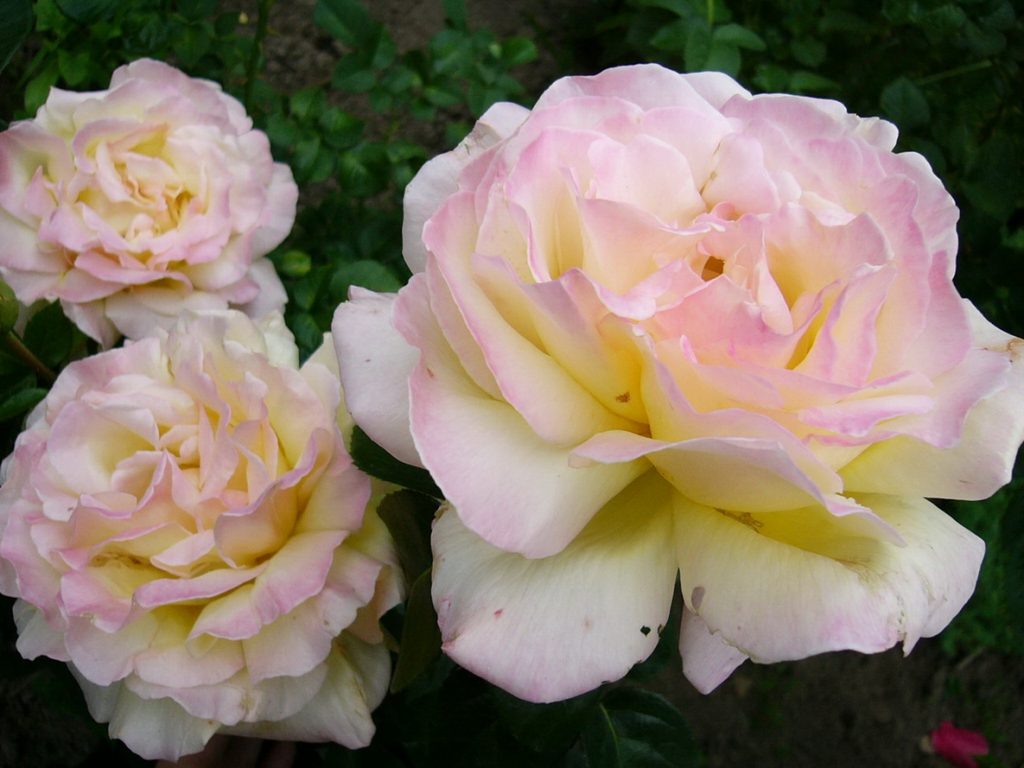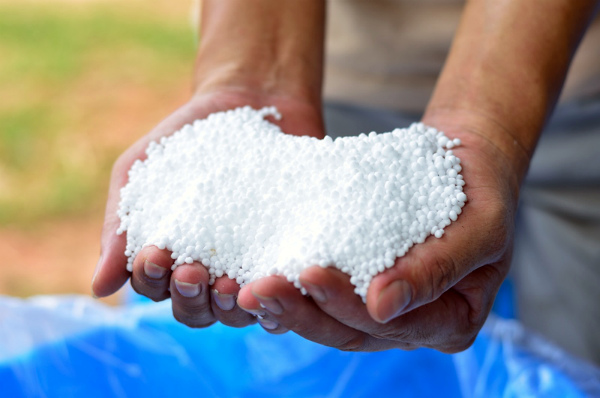Rose Gloria Day: French beauty
Content
Origin story
The Gloria Dei variety has gained such high popularity in the world for a reason. The history of its creation and further spread is directly related to significant events taking place in the first half of the 20th century. The rose was bred in France by the famous breeder and florist F. Meilland. Breeding work continued from 1935 to 1939, and when the prototype was obtained, the author named the flower "Madame A. Meilland" in honor of his mother who died at a young age.
The amazingly beautiful rose quickly spread beyond the borders of its homeland. Her seedlings were sent by mail to different countries, in each of which the flower was given its own name: in Italy the variety is known under the name "Gioia" (joy, delight), in England and the USA - "Peace" (peace), in Germany Gloria Dei. The rose came to the countries of the USSR from nurseries in Germany, so here it is known under the name Gloria Day.
By the end of World War II, the variety had become so famous that it was associated with victory, peace and harmony.
At the first UN General Assembly, held in 1945, all the heads of delegations of the countries present at the end of the forum received a flower. Since then, the rose has begun to symbolize harmony and peace between countries, its bouquets have been decorated with official diplomatic receptions and business meetings.
And now, after so many years, Gloria Dei is the most popular and best-selling rose in the world.
Video "Description of the bush"
From the presented video you will learn a lot of interesting things about this rose variety.
Description of the variety
The rose bush looks very typical for a tea hybrid: low (up to 1.2 m), slightly spreading, branchy stems, erect, with small thorns, leaves are large, dark green in color, the leaf plate is glossy, slightly serrated at the edges. Of particular interest are the large double flowers of a pale yellow, reddish hue along the edges.
What is characteristic, the rose changes its color as it blooms and depending on the air temperature. By the way, the intensity of the scent of a flower also depends on the weather and time of day.
When half-open, the rosebud has a goblet shape and a pale greenish-yellow color. As it blooms, the rose acquires a cupped shape, and the color changes to yellow-orange, with a reddish dusting along the edge of the petals. In hot weather, the flower becomes pale yellow, almost white, and the pink tint becomes more intense and vibrant. Gloria Day is a very large rose. Its diameter is about 15 cm, but with good care, the size can be larger. Terry flower, consisting of more than 45 petals.
The scent of the rose also tends to change. In the evening hours and after rain, the flower smells more intense and sweeter. During the day, the aroma is light, barely perceptible. The bush blooms continuously from June to the end of summer, and even in the fall, buds still appear. The flowering period of one rose is approximately 30 days.Despite its French origin, the variety grows quite successfully in countries with cold climates, has a high immunity to diseases, however, in hot climates, the leaves are sometimes affected by black spot.
Landing technology
Gloria Dei is not afraid of the cold and even tolerates severe frosts well, however, for permanent growth, it is better to choose sunny, well-ventilated areas. Such conditions will help to avoid most of the fungal diseases inherent in tea roses. At the same time, the bush should not be exposed to drafts, otherwise the flowers will quickly lose their beauty, and the petals will fall off earlier.
A rose is planted in a well-heated soil in the first half of May. For planting, it is better to choose a sunny, but not hot day. Loose, breathable soil with a deep fertile layer and neutral or slightly high acidity is considered ideal for a rose. If the soil in the garden is not nutritious enough, humus and sand should be added to it, and just before planting, special fertilizers for roses should be applied. The flower does not tolerate stagnant water, therefore, it is recommended to lay the drainage layer regardless of the characteristics of the soil.
If the roots of the seedlings are open, which is often the case with plants purchased from the nursery, then they should be placed in warm water for several hours before planting so that they are straightened and saturated with moisture. Instead of water, you can use solutions with biostimulants. If fertilizers have been applied to the soil, then the hole is dug just before planting. It is also possible to introduce organic fertilizers (compost, humus) directly into the pit, but then you need to dig it out and apply fertilizer a couple of weeks before planting.
The size of the pit depends on the size of the root system of the seedling. It should be so wide that the roots can be placed freely. As for the depth, you need to expect that the root collar should go 2-3 cm deep into the soil.When group planting, the plants are planted at a distance of 50 cm from each other, since the Gloria Dei rose bushes, although compact, are quite tall. After planting, the ground around the bush is tamped and watered abundantly with settled water.
Care advice
For a lush flowering rose requires moisture and nutrients, so special attention should be paid to watering and feeding. In hot weather, the rose is watered 2 times / week at the rate of 7-10 liters of water per 1 bush. After rain, watering resumes in a week, but you need to focus on soil moisture - if it is still high, then you do not need to water. For irrigation, settled water at room temperature is used. Do not use cold water from a well or directly from a tap. Rainwater is considered ideal for irrigation. The best time to moisturize is late in the evening after sunset.
The rose is fed with complex mixtures designed specifically for roses, as well as organics. The first two dressings are carried out in the spring: one during bud opening, the second during bud formation. The third feeding, which is also the last, is carried out shortly before the onset of constant cold weather.
In the spring, the rose needs nitrogen, therefore, at the first feeding, you can add saltpeter, urea. In summer and autumn, liquid mullein in a ratio of 1:10 mixed with superphosphate and potassium sulfate (50 g each) is suitable as a fertilizer.
The rose of this variety is resistant to a number of diseases, but this does not exclude the need for preventive treatment of the bushes. In the spring, even before the leaves bloom, the plants should be treated with a 3% solution of iron or copper sulfate. Experienced flower growers recommend planting marigolds next to roses - these flowers emit special enzymes that eliminate harmful microorganisms, moreover, with their smell they scare off many pests.
An equally important event in caring for a rose is pruning: sanitary and formative.The first is carried out in the spring and involves the removal of all diseased, weak and frozen shoots. The need for sanitary pruning can also arise in the summer if the plants are ill or damaged. Also, faded buds should be removed throughout the summer. In autumn, formative pruning is carried out, during which the tops of the shoots are shortened by half or by a third. Such pruning contributes to the more lush branching of the bush next year.
It is customary to shelter garden roses for the winter, but since Gloria Day is frost-resistant enough, she only needs shelter in the northern regions with long and harsh winters. It should be noted that the trouble with the Gloria Dei rose is less than with others, and it grows quickly - literally in six months it can please with the first flowering. By the way, experienced flower growers advise not to allow young plants to bloom right away. If you break off the first few buds, then the bush will direct all its strength to strengthen the roots, and soon it will bloom even more magnificently.
Video "Fighting Disease"
From the video you will learn about the fight against diseases of rose bushes.



